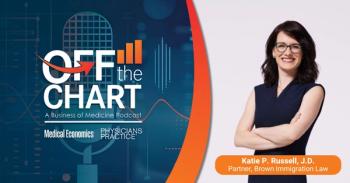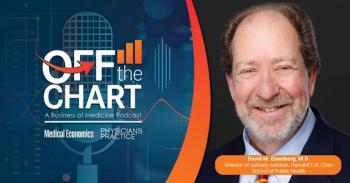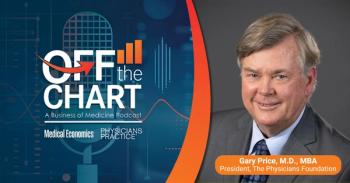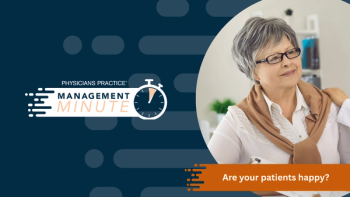
Maintaining the Doctor-Patient Relationship Amid Change
When redesigning a practice to improve efficiency, it’s important for this doctor to institute a model that maintains closer relations with patients.
Like many organizations, ours is struggling with doctors and advanced practice clinicians drowning amid a pile of nursing home faxes, ICD-10 coding guidelines, prior authorizations, electronic messages from patients, refill requests, and, oh yeah, actually taking care of the occasional patient. We are beginning a period of discovery to find out how to help the physician or APC do what only they can do and redistribute the rest of the work to the most appropriate team member. This is great news for us clinicians, but it begs the question of what exactly should only the physician be doing.
For example, do we move to a dental hygienist model in which the RN and other clinical staff do the data gathering, exam, initial assessment, and patient education and the physician comes in for two minutes at the end to verify everything and make a few personal remarks to the patient? Or do we just slow down the pace of the visit so that doctors still do what they are already doing. but just get enough time to fit it all in?
My patients and I enjoy many aspects of the office visit that I suspect we would both be hesitant to give up. I want to hear the history from my patients directly, not get a distilled version. When a patient describes back pain or depression or insomnia or even a sore throat, I find it helpful to have gathered the information from them directly. A lot can be lost in translation. The power of touch, even if it is a quick cardiorespiratory exam, matters to patients and provides an opportunity to strengthen the patient-physician bond. It is a moment of intimacy as the doctor crosses a line few others are invited to cross, and in so doing, is welcomed into the patient’s life in a unique way.
I believe my patients benefit from my explanation of their condition and treatment plan. Delegating too much of that to even very competent and caring individuals may cause unnecessary isolation for the patient from the person they most trust. What all this means to me is that every moment I spend looking at a patient, touching, speaking to, or comforting a patient is valuable and should not be delegated or reassigned. To me, it’s not about increasing efficiency, it’s really about reducing the load that tends to distract us from interacting directly with our patients.
So, I am happy to allow someone else to type the patient’s words as long as I am the one who obtains the patient’s story. It is fine if someone else places the medication order or makes the mammogram appointment, but I want to be the one engaged in discussion about the pros and cons of a mammogram at age 40. Even once my smartphone evolves enough to auscultate the heart better than I can, I want to be the one placing my stethoscope over my patient’s heart and listening, because I listen for much more than the lub-dub and opening click.
At the core of it all, it is about the relationship. Anything we can do to facilitate the relationship gets my full support. Anything that delegates that relationship concerns me.
Newsletter
Optimize your practice with the Physicians Practice newsletter, offering management pearls, leadership tips, and business strategies tailored for practice administrators and physicians of any specialty.













